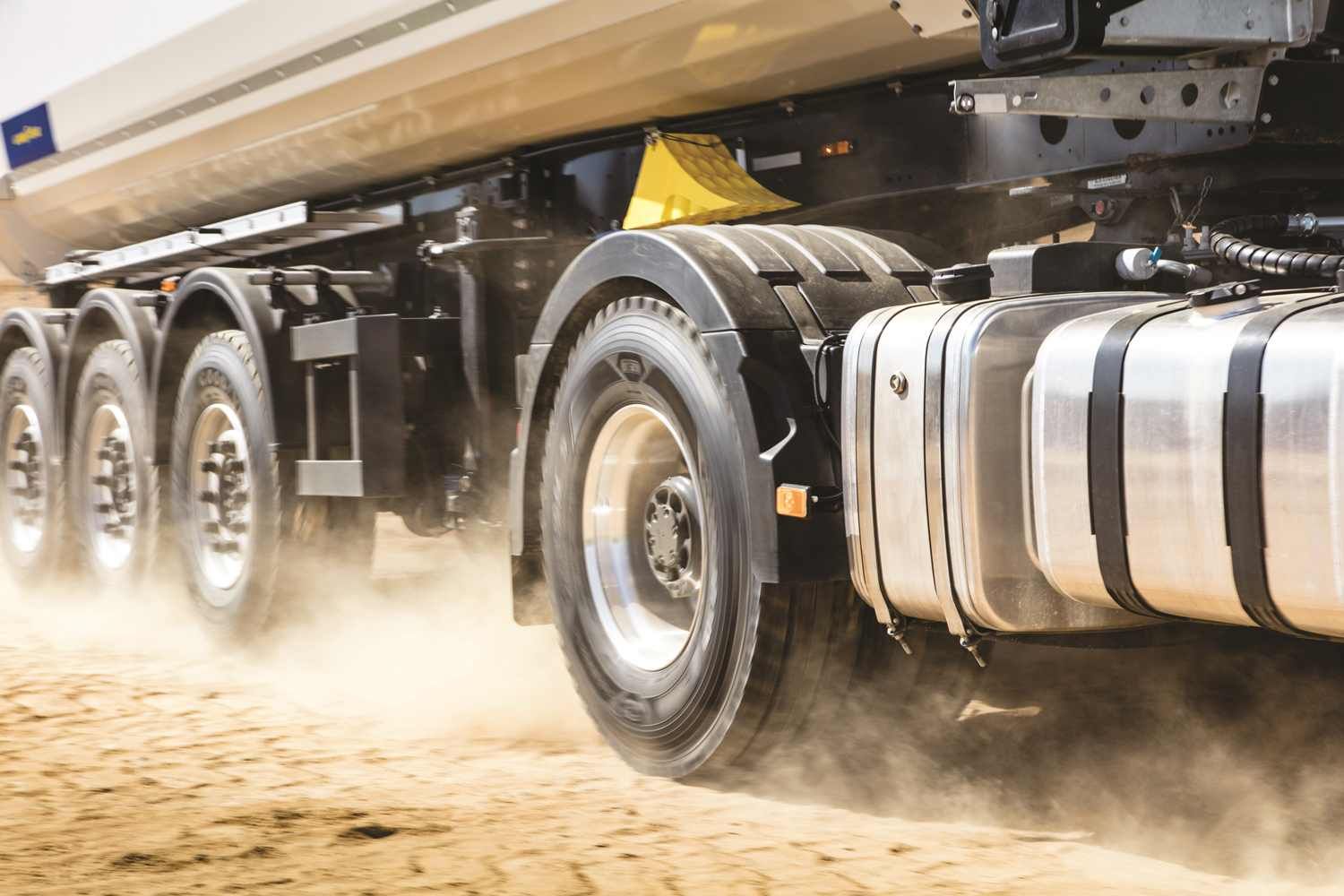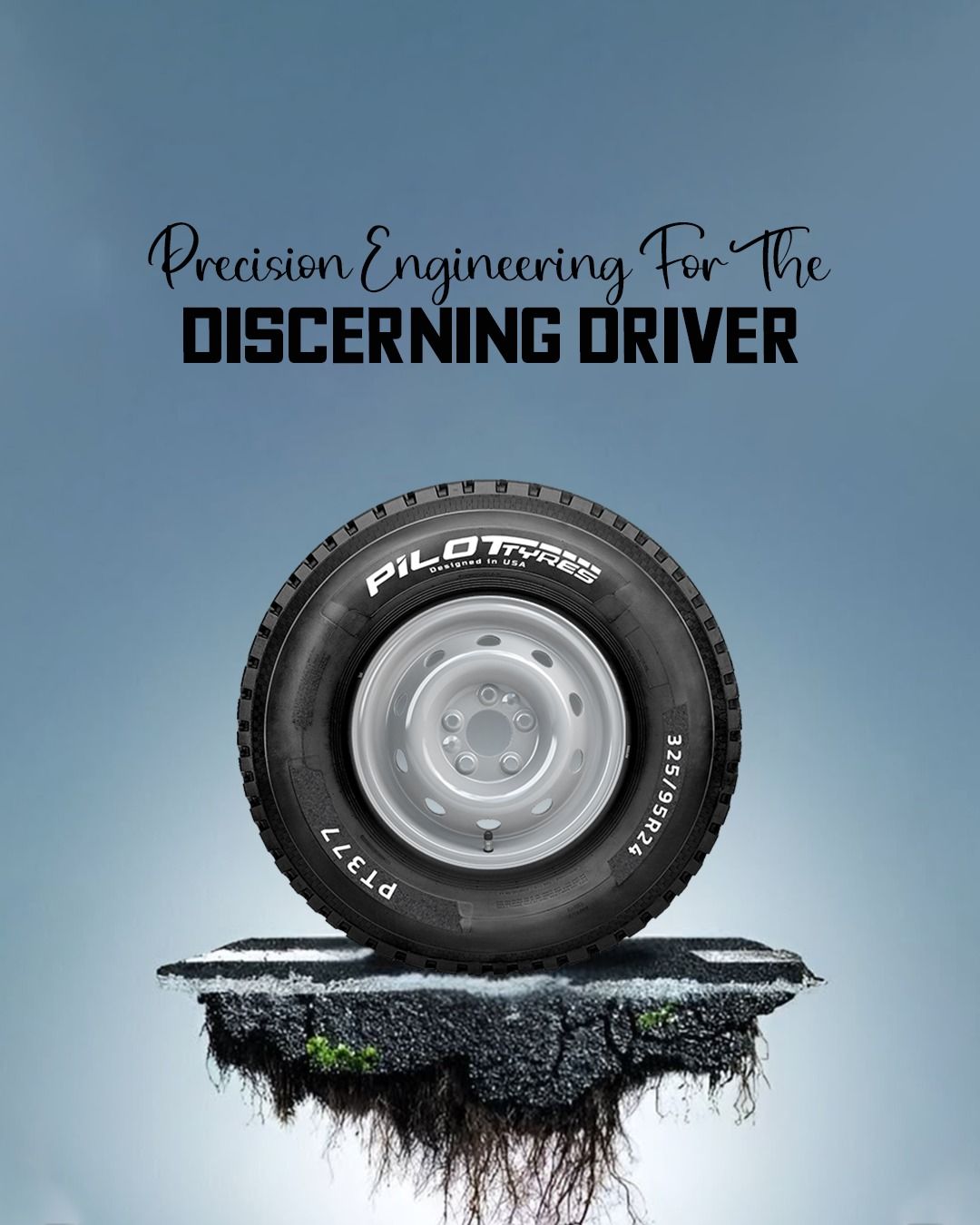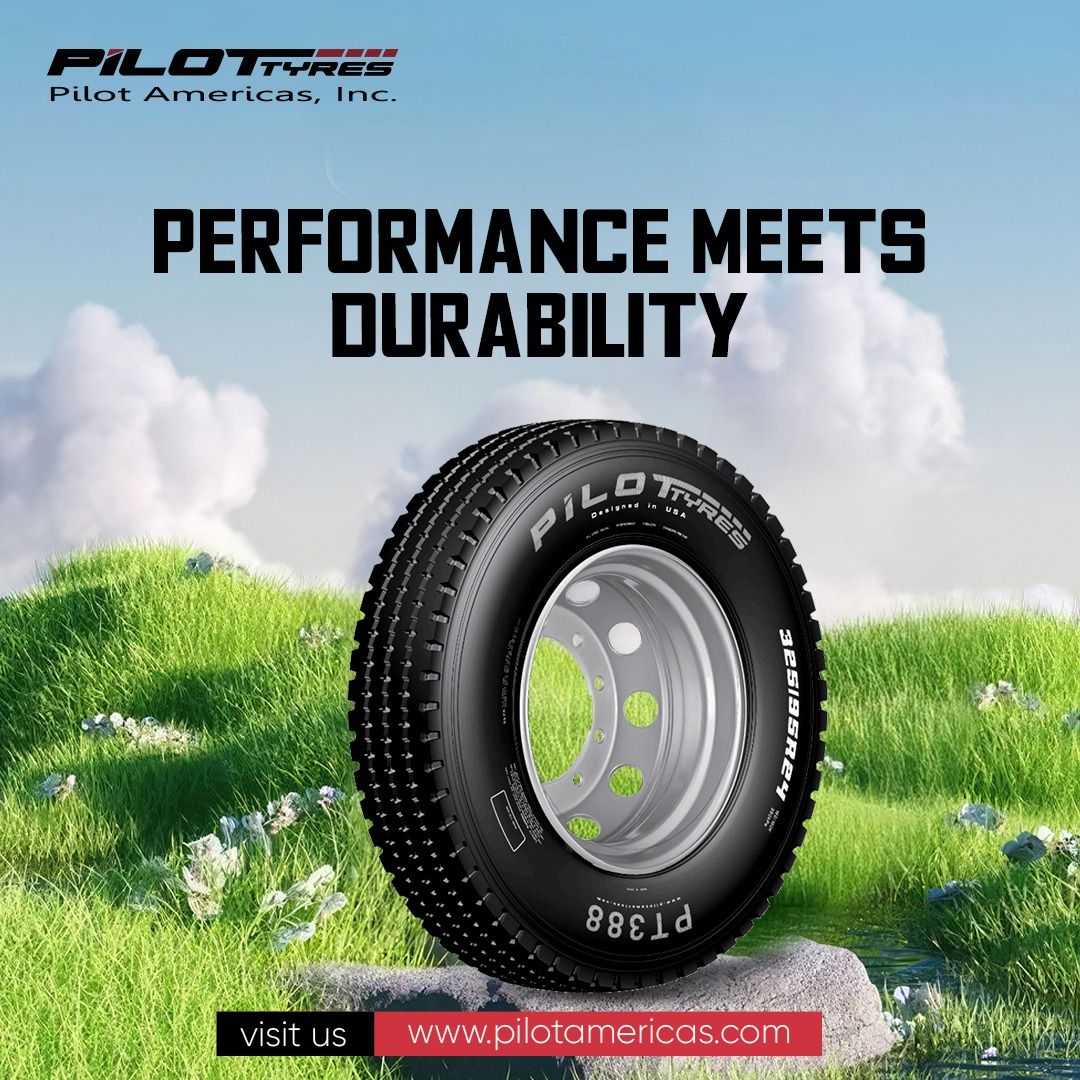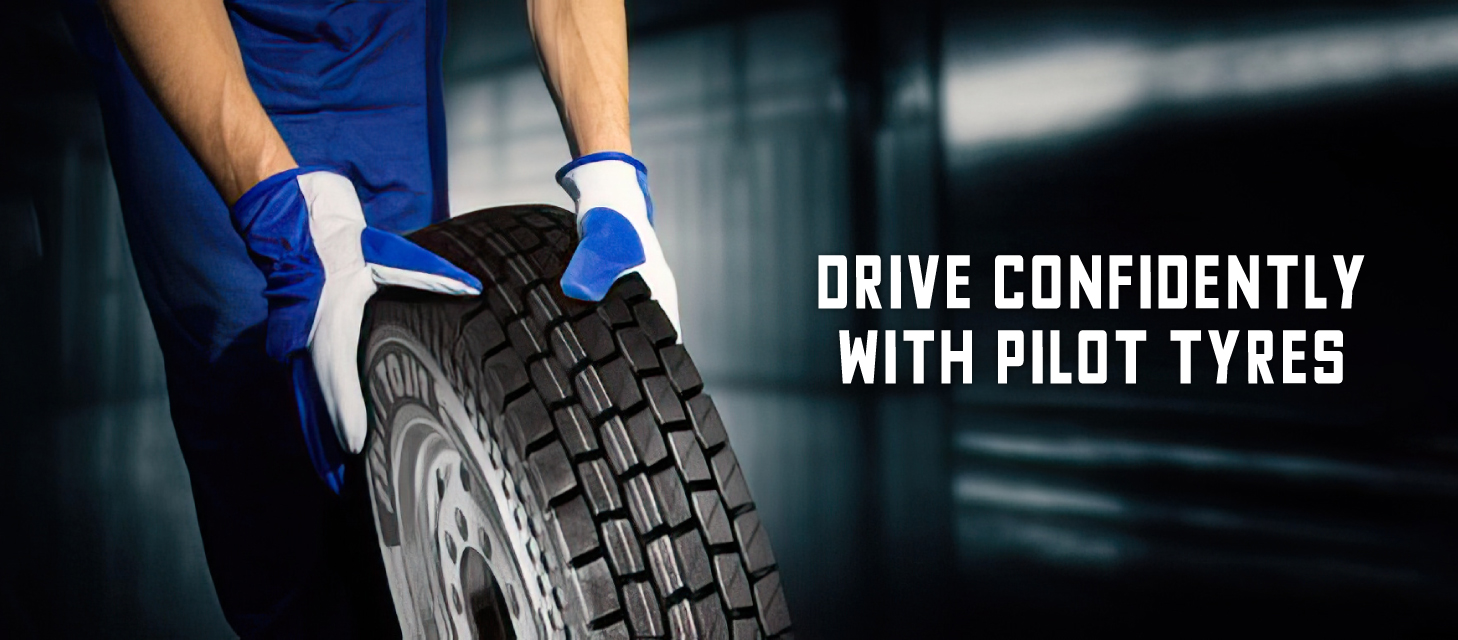 Categories
Categories How Concentric Seating Tires Enhances Vehicle Performance and Safety?

When it comes to vehicle performance, every component matters. The concentricity plays a crucial role in determining the performance of tires. In this blog, we'll explore the concept of concentric seating tires . We'll discover how pilot tires contribute to tire concentricity.
Understanding Concentric Seating Tires
-
Definition of Concentric Seating Tires
Concentric seating tires align the tire's center with its rotation axis and wheel hub. Proper seating reduces vibrations and ensures a smoother ride.
-
Importance of Concentricity in Tires
Achieving concentricity in tires is crucial for various reasons. It enhances the tire's balance, which, in turn, improves vehicle stability and handling. It reduces uneven tire wear and ensures the tires perform throughout their lifespan.
-
Common Issues Caused by Lack of Concentricity
When a tire lacks concentricity, it can lead to several issues. These may include:
- Irregular tread wear,
- Vibrations,
- Reduced fuel efficiency, and
- Compromised handling.
The Significance of Tire Concentricity
-
Impact on Vehicle Performance
Tire concentricity has a direct impact on vehicle performance. Seated tires provide better traction, improved braking, and responsive steering. These tires allow the driver to maintain control in various road conditions.
-
Tire Wear and Longevity
Concentric seating tires experience even wear across the tread, extending their lifespan. Tires without concentricity are prone to premature wear. It can lead to frequent replacements and increased expenses.
-
Fuel Efficiency and Handling
Vehicles equipped with concentric tires experience reduced rolling resistance, enhancing fuel efficiency. The balanced nature of these tires improves handling, making the driving experience safer.
Factors Affecting Tire Concentricity
-
Manufacturing Process
The manufacturing process of tires plays a crucial role in determining their concentricity. Reputable tire manufacturers use advanced technologies to ensure precision and consistency during production.
-
Wheel and Rim Compatibility
Proper tire concentricity depends on the compatibility between the tire and the wheel. Unmatched components can result in a lack of concentricity. It can lead to various tire-related issues.
-
Tire Mounting and Balancing
Mounting and balancing procedures are essential to achieve concentric seating during tire installation. Professional tire mounting and balancing services ensure accurate alignment and even weight distribution.
-
Regular Maintenance
Routine tire maintenance, such as tire rotations is vital to maintain concentricity. It prolongs the life of the tires.

Identifying Concentricity Issues
-
Visual Inspection
A visual inspection can reveal improper tire seating, such as uneven tread wear. If any irregularities are observed, immediate action should be taken.
-
Measuring Techniques
Professional technicians use specialized measuring tools to assess tire concentricity. These measurements aid in identifying any deviations from the ideal seating position.
-
Professional Tire Services
Seeking tire services from technicians is an effective way to ensure tire concentricity. It can address any potential issues.
How to Maintain Proper Tire Concentricity?
Tire maintenance is a crucial aspect of vehicle ownership that often goes overlooked. One critical element of tire maintenance is maintaining tire concentricity. Ensuring that your tires are concentric is essential for optimal performance. It also helps with tire safety and extending the lifespan of your tires.
Tire concentricity refers to the tire's ability to run smoothly and evenly. When a tire is concentric, it has an equal distance between its center and the rim, resulting in a perfectly balanced wheel-tire assembly. This balance is crucial for a comfortable and safe driving experience.
Importance of Maintaining Tire Concentricity
Maintaining tire concentricity is vital for several reasons. It ensures a smooth and comfortable ride. It also reduces vibrations that can cause discomfort and affect vehicle performance. It helps in even tire wear, promoting longevity and maximizing the tire's lifespan. A balanced tire reduces strain on suspension components which leads to improved safety. Following ways will help in keeping proper tire concentricity:
-
Choosing Quality Tires
Selecting quality tires from brands is the first step toward proper concentric seating. Quality tires are manufactured with precision and undergo rigorous testing.
-
Regular Tire Rotation
Rotating the tires promotes even wear and extends the lifespan of the tires.
-
Professional Wheel Alignment
Periodic wheel alignments help adjust the tire angles to the manufacturer's specifications. It ensures concentric seating and optimal vehicle performance.
-
Balancing Tires
Professional tire balancing distributes the weight, preventing vibrations and enhancing the tire's performance.
Conclusion
In conclusion, concentric seating tires are crucial in enhancing tire performance. Prioritizing tire concentricity through maintenance and services ensures a smoother ride.
FAQs
- What is the primary benefit of concentric seating tires?
Concentric seating tires provide better vehicle stability and improved handling.
- Can I inspect tire concentricity at home?
While a visual inspection can help identify some issues, professional measurements are more accurate.
- Are all pilot tires the same size as regular tires?
Pilot tyre is typically smaller and serves as temporary replacement in case of a flat tire.
- How often should I rotate my tires?
It is recommended to rotate your tires every 6,000 to 8,000 miles to maintain even wear.
- Can wheel alignment affect tire concentricity?
Regular wheel alignments are essential to achieve and maintain proper tire concentricity.
 Categories
Categories
-

Top Truck Tire Manufacturers in the USA: Who Makes the Best?
February 27th, 2025 -
 February 22nd, 2025
February 22nd, 2025 -
 February 14th, 2025
February 14th, 2025 -
 February 7th, 2025
February 7th, 2025 -

Explore Smooth Rides and Safe Journeys with Highway TBR Tyres
January 24th, 2025
